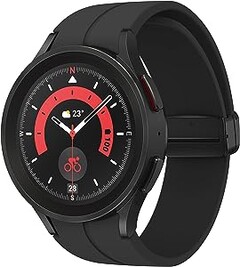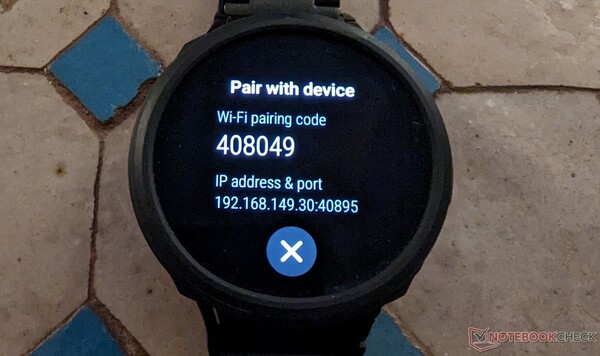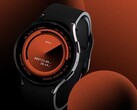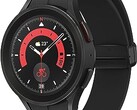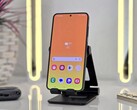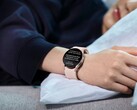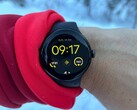Reddit is covered with complaints about Samsung Galaxy watch battery issues. Some days the battery is great and others it drains in a matter of hours. Sure, you can try the regular things; turn off wifi, bluetooth, always on display or Google voice, but often those tricks do nothing if an unknown app or service is sucking down battery.
Sometimes the battery works great for a few weeks, then an update gets pushed that kills it again. There doesn’t seem to be any consistency. Having experienced this issue first hand with both the Watch 4 and 5, there is one way to get consistently good battery life: De-bloat your watch.
Debloating involves uninstalling some of the features of the watch that you don’t use. Do you really want a bunch of emoji watch faces or Bixby? By removing the apps you don’t use, you stand the best chance of bumping up your battery life. Unfortunately it isn’t a case of simply uninstalling the apps from the app manager. For this we will need to get down and dirty with ADB commands.
While this might seem daunting, the process is easier than you might think. Based on experience, you can get a significant boost to the battery in normal use and even longer with the battery saver turned on.
Download “Platform Tools” and Enable Developer Options
To start you’ll need to download the Android SDK Platform Tools from here. This will enable you to connect to your watch and issue commands to uninstall specific apps. Once downloaded, extract the contents, open a command line and navigate to the Platform Tools directory.
On the watch, go to Settings, About watch, Software Information and tap the Software Version 5 times. It should then say “Developer Options Enabled”
Connecting to the watch
Make sure wifi is on and connected to the same network as your computer. Click on the wireless network connection to check the IP address and make a note of it as we will use this later
Go into Developer Options and turn on ADB Debugging, then go into Wireless Debugging and make sure that is turned on as well
From within the wireless debugging screen tap on “pair new device”. You should be redirected to a pairing screen along with a code and port number.
On your computer, from the command line type “adb pair” with the IP address from the wireless step earlier followed by the port number displayed on the pairing screen. It should look like this:
adb pair [your watch IP address]:[port]
Type in the pairing key that is displayed on the watch and it should pair. Next, you should be able to connect to the watch by typing
adb connect [your watch IP address]:[port]
Assuming that works, type in:
adb shell
We are now ready to start debloating.
What to debloat
It’s up to you to decide what to get rid of based on what you use. However, a lot of apps can be removed using the following command:
pm uninstall -k –user 0 [package name]
Or in some cases,
pm disable-user –user 0 [package name]
So to remove Bixby, issue the following commands
pm disable-user --user 0 com.samsung.android.bixby.agent
pm uninstall -k --user 0 com.samsung.android.bixby.wakeup
If you mess it up and want to put something back, the following command can be used:
cmd package install-existing [package name]
It’s worth noting that this doesn’t actually uninstall the app entirely from the watch, it just uninstalls it for the current user and prevents it from running making it easy to revert. A complete list of apps that can be uninstalled can be found on these excellent threads from XDA Developers and Reddit. Users who have tried this, (including myself) generally report decent net gains in battery life from the various Galaxy watches, though this is hard to quantify as people have differing needs and requirements in terms of the apps they keep.
Once you are done, don’t forget to turn off Wireless Debugging and ADB in your watches developer options as this will kill your battery and negate all the work you have done here. If you reset your watch, all removed apps will return as normal.
What else can you do with ADB?
If you own a Galaxy watch but not a Samsung phone, you may find some key features such as Blood Pressure and ECG monitoring missing. With ADB you can install a modified version of Samsung Health Monitor that will enable the features that are only available to those entrenched in Samsungs ecosystem. However it should go without saying that these are modified installers not approved by Samsung, offering features that are not medically approved measurement tools and should be taken with a healthy dose of caution. If this is something you want to try, instructions can be found here.
It's worth noting that the Samsung Galaxy Watch 5 is currently available on Amazon* with a massive 56% discount.




